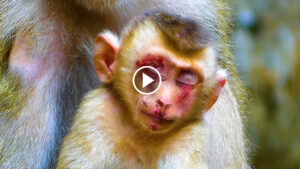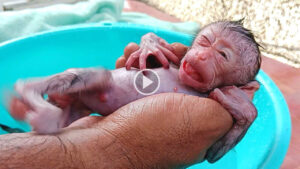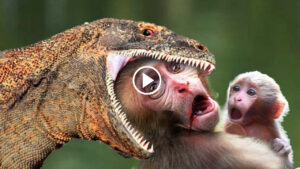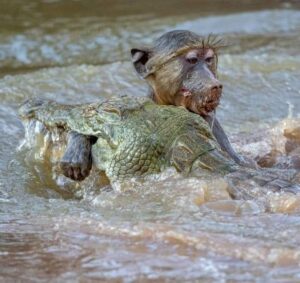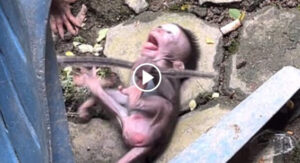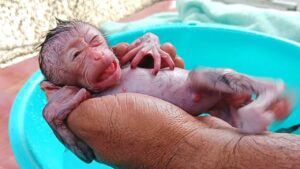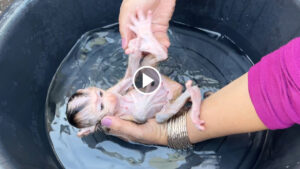Oh God! Looking pitiful Baby monkey falls from a tall tree 50m?
When a monkey falls from a tall tree, the consequences depend on various factors, such as the height of the fall, the species of the monkey, and the surrounding environment. Monkeys, especially those that live in trees (arboreal species), are very agile and have evolved to move and jump between branches with ease. However, accidents can happen.
Here’s what typically occurs during such an incident:
1. **Agility and Reflexes**: Monkeys often use their limbs, tail (if they have one), and quick reflexes to grab onto branches or slow down their fall. Many species have strong prehensile tails that act almost like a fifth limb, helping them catch branches during a fall.
2. **Injuries**: If the fall is significant and the monkey can’t catch itself, it could suffer injuries like broken bones, internal injuries, or even trauma to its head. However, their flexible joints and strong muscles usually help absorb some of the impact, making injuries less likely compared to humans.
3. **Survival Mechanisms**: Some monkey species have learned to fall in ways that reduce damage, much like how cats land on their feet. They might spread their limbs to distribute the impact over a wider area or attempt to roll when they hit the ground.
4. **Social Reaction**: In some species, if a young monkey falls, the mother or other members of the group may rush to check on it, offering protection and comfort.
Falls can be dangerous, especially if the environment is rocky or if the fall is from an extreme height, but most arboreal monkeys have evolved mechanisms to reduce harm in such situations.
Would you like more details on how specific monkey species handle falls?
